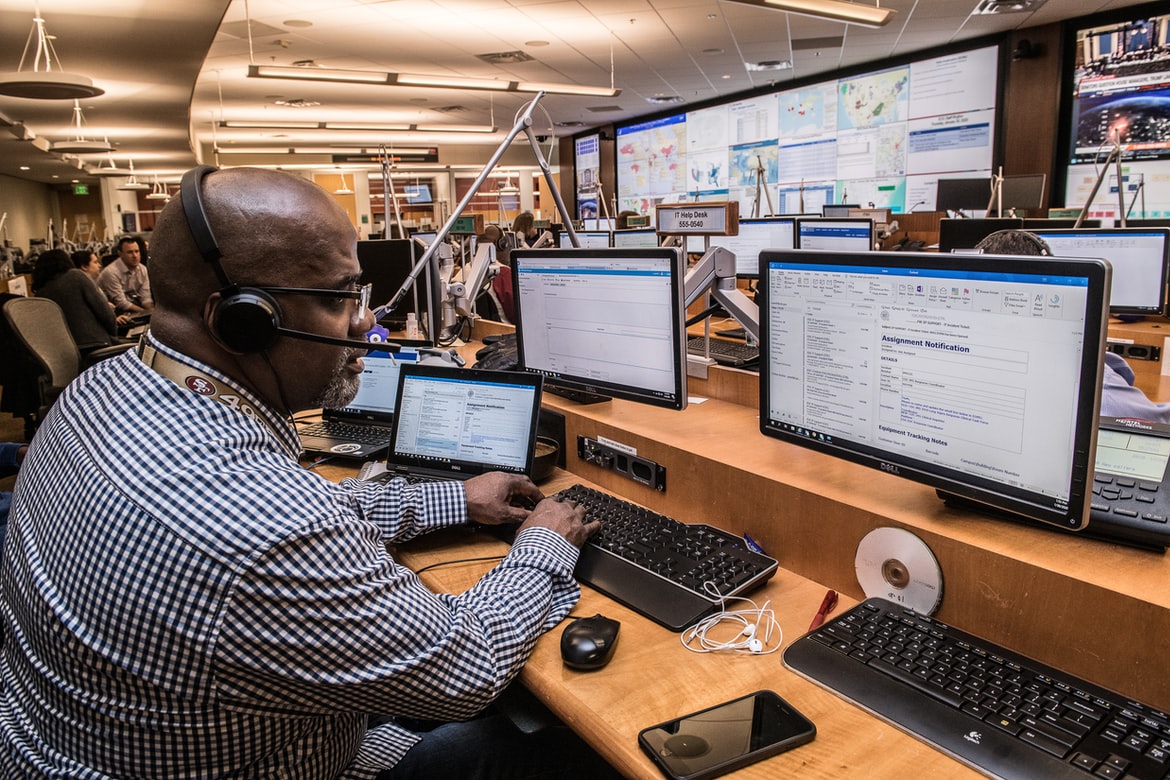Remote monitoring tools are playing a crucial role in the modern era of IT management. It is possible to monitor private networks remotely, which is helpful for IT departments that have to keep an eye on their vast network.
One of the major reasons why remote monitoring tools are being used widely is due to the rise in remote workers. Before the pandemic, only 4% of the population worked remotely — now that number is over 20%, and the number is expected to continue rising.
With over 70% of companies expected to employ full-time remote workers by 2025, there is an increased need for infrastructure security and performance monitoring across virtual apps. In this article, we’ll take a look at how remote monitoring tools for infrastructure are enabling IT departments to keep an eye on their network and better protect the data of their employers.
Why Remote IT Management is Important
IT management is a challenging task that requires a lot of attention while managing the business requirements of your organization. To make matters worse, companies are employing more people to handle these tasks and making it more difficult to manage the IT resources effectively.

With the help of remote IT management tools available in the market today, managers can have better control of their servers and applications remotely from their offices or anywhere around the globe with just a few clicks.
Furthermore, data breaches and cyber-attacks are becoming more prevalent. IT managers must be concerned about different aspects of IT infrastructure, including monitoring performance and security. The benefits of a remote IT management strategy are worth the effort needed to implement it – from increased productivity to happier employees.
Remote infrastructure management has been a challenge for IT managers for a long time. The constant need to have IT infrastructure close to the people who need it is a challenge that many companies are struggling with.
In order to maintain this, companies have been using remote monitoring tools to keep an eye on their infrastructure. Remote monitoring tools allow IT, administrators and workers, to keep an eye on their systems remotely, check logs, and troubleshoot issues without taking hours of commute time away from home.
The Benefits of Remote Monitoring Tools
Remote monitoring tools can monitor systems and infrastructure in real-time. They provide a low-cost alternative to on-site IT personnel and allow IT personnel to work from home.
The benefits of remote monitoring tools for IT infrastructure include increased productivity, saved time, and reduced costs. With these benefits, it is clear that remote monitoring tools are becoming more popular in the market.
Remote monitoring tools offer executives a higher level of transparency into the health of their company’s infrastructure and ensure that their employees are operating efficiently and effectively.
Because applications are monitored remotely, IT admins can keep an eye on your system without putting your data at risk of being stolen or tampered with in any way possible. Insider data theft becomes difficult when you use a cloud-based service like Microsoft Azure because it’s not physically located in one place like your company’s office building.
The use cases for remote monitoring tools are quite diverse. They quickly and efficiently identify issues that might take up to several hours or even days to discover otherwise. This has enabled companies to deal with issues without interrupting productivity by saving time and money, as well as preventing accidents from occurring.
How the Changing Face of the Economy Requires Remote Solutions
The changing face of the economy is driving the need for remote solutions. This is led by a shift in IT infrastructure and the changing way people work.
It’s not always easy to manage IT infrastructure. The more we move towards a cloud-based ecosystem, there are more opportunities for infrastructure to become compromised and we need to find better ways for monitoring and controlling it remotely.
Remote workers have been a norm for a long time now, but the impact of these changes is only starting to be felt. As a result, companies are rebooting their infrastructure management and implementing remote solutions to meet the changing needs of the economy.
There are several advantages to having remote teams. These include increased flexibility, reduced costs, and improved performance. This is especially true for organizations that have complex IT infrastructures that need to be managed remotely.
The demand for remote solutions is rapidly increasing in the economy, and it is important for companies to be competitive and ensure they stay ahead of the game.
As companies embrace remote infrastructure management, they reduce overhead costs and manage their IT infrastructure in a more efficient way. By doing so, they can invest these saved funds in their future business ventures.










